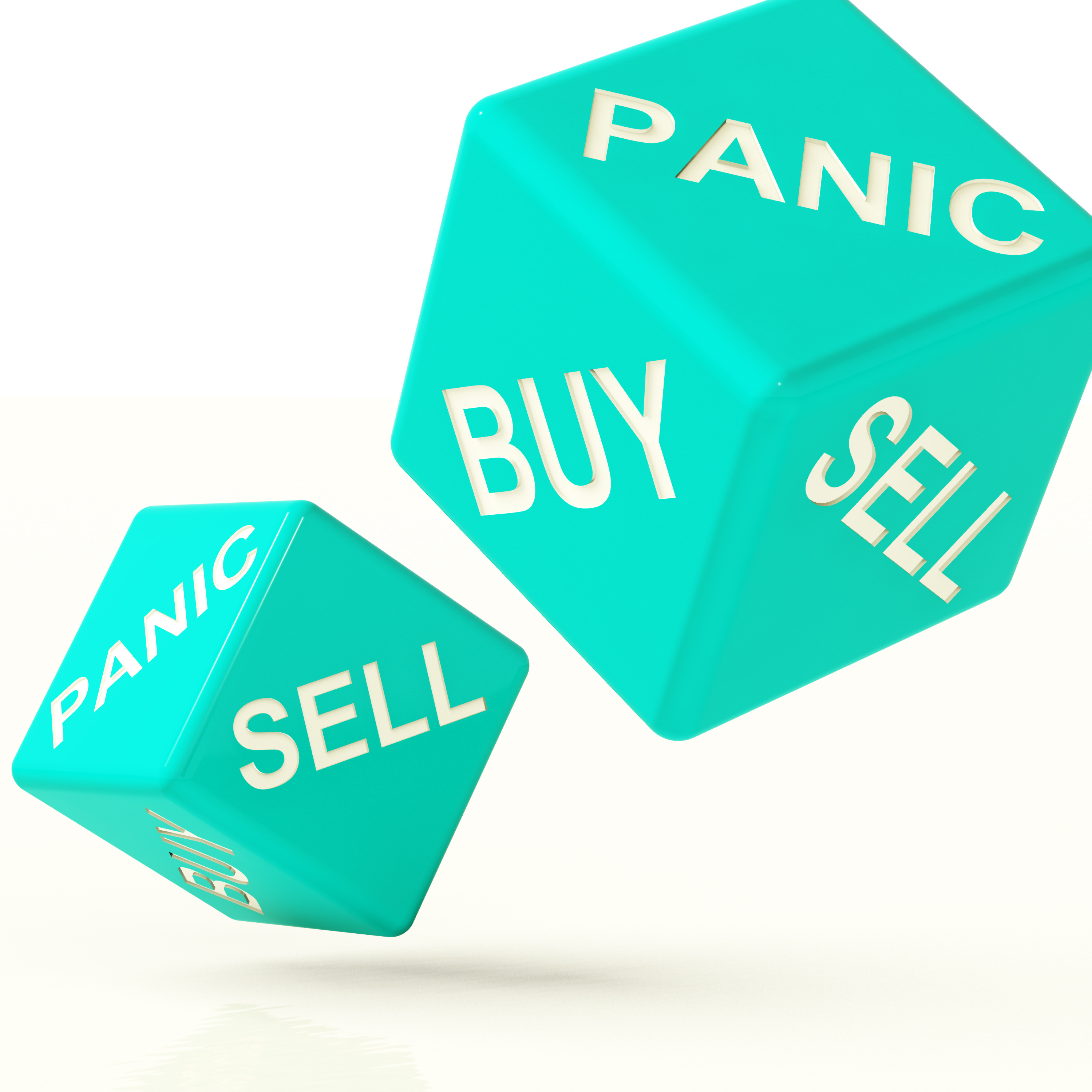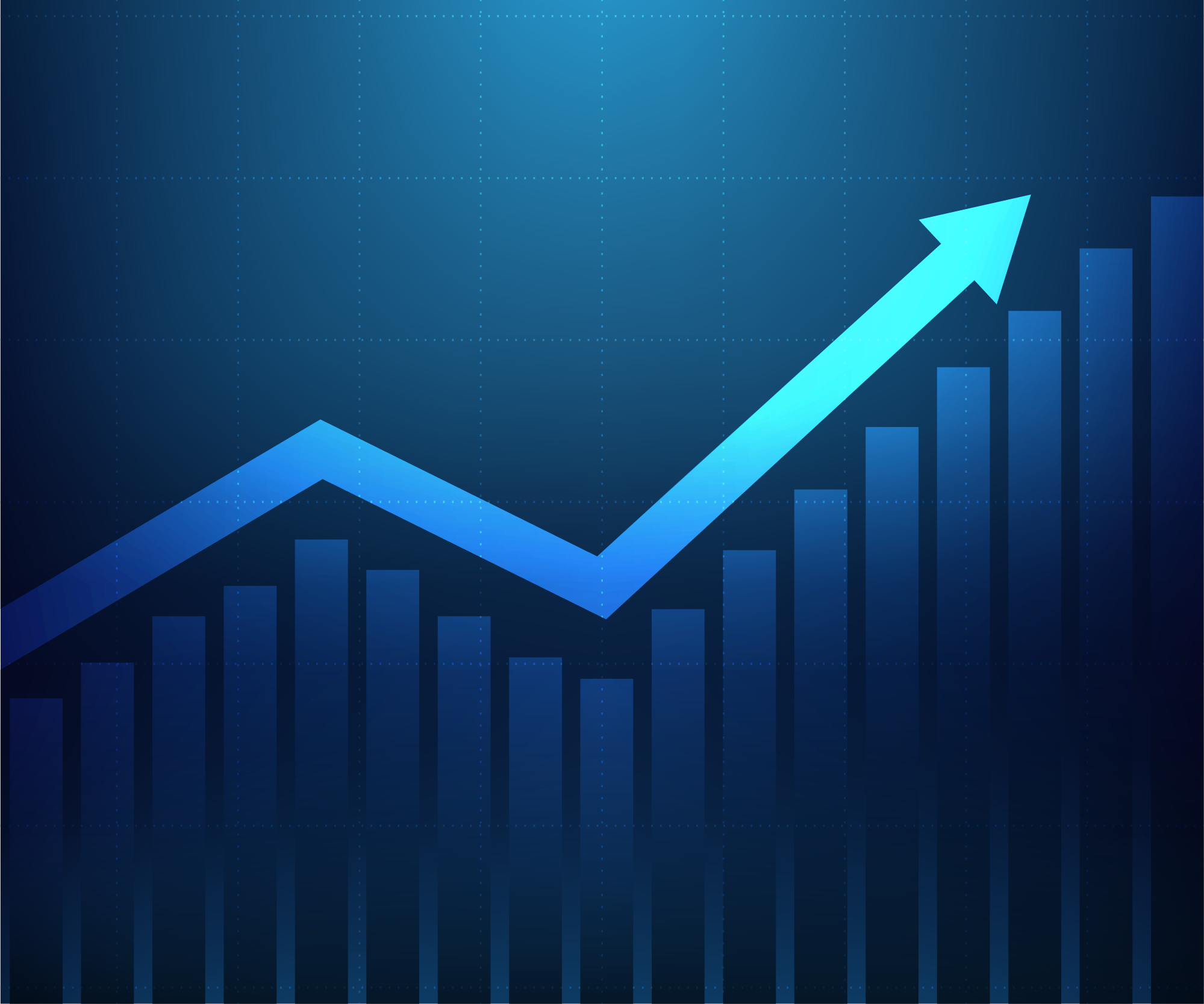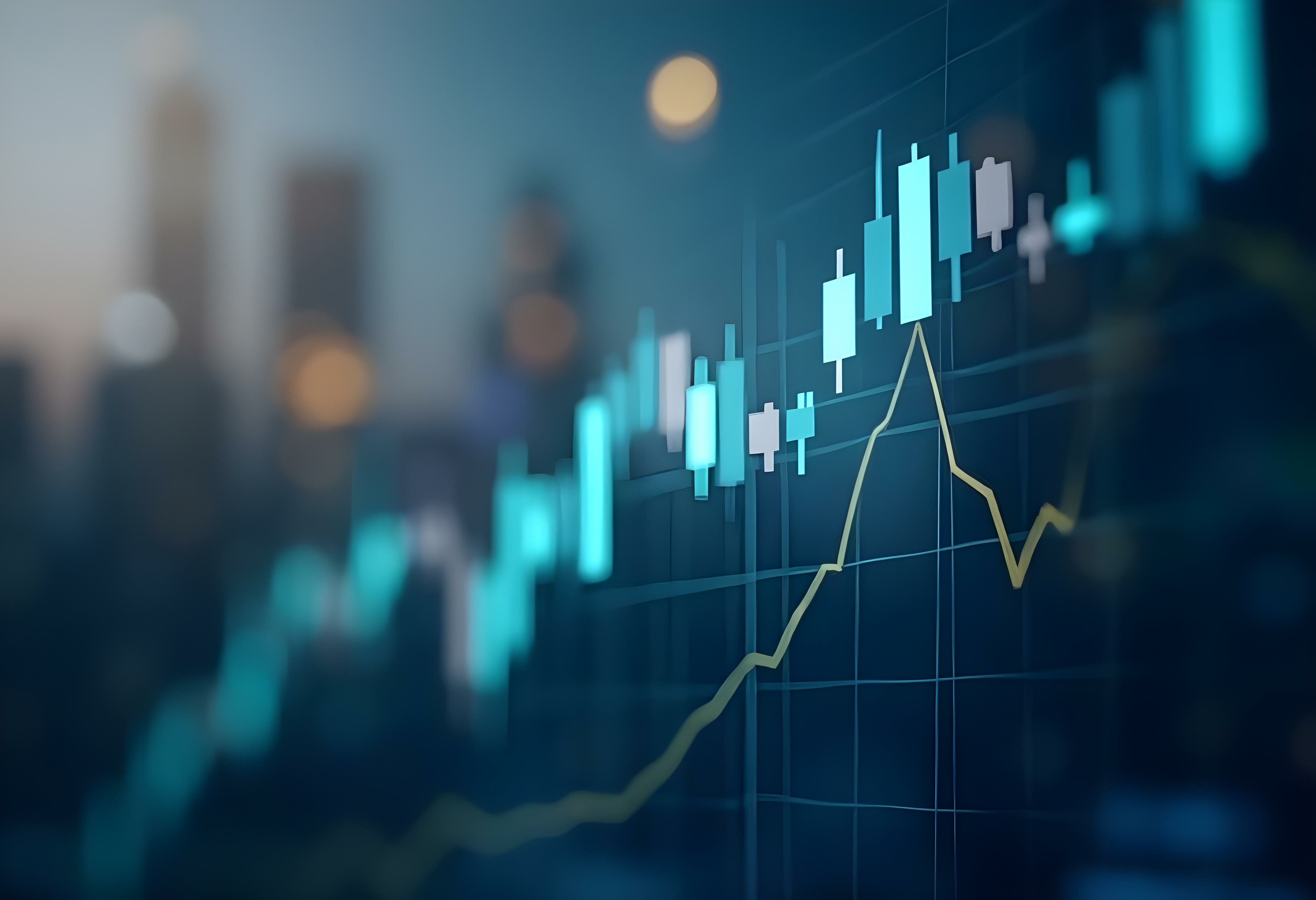Demystifying the "Fear Index"
By Shawn Gibson on Feb 27, 2020

The CBOE S&P 500 Volatility Index (the “VIX”) was given the label as the “Fear Index” decades ago even though most investors do not understand what the index represents or why it was given this nickname. In laymen’s terms, the VIX roughly reflects the expected volatility of the S&P 500 Index over the next 30 days, expressed in annualized terms.
This expected volatility (or “implied volatility” in technical terms) is set by the options trading activity of a wide variety of market participants including market makers, funds, and various investors (individual and institutional). The resulting VIX level represents a 68% confidence level of a move in the S&P 500 Index. For example, if the VIX is at 16, the options market is implying that there is a 68% confidence level that the market will trade within a band of +- 16% on an annualized basis over the next 30 days. It is fairly easy to convert this annualized number into an expected daily move by simply dividing the VIX level by 16 (the math for this is beyond the scope of this post).
Using the same example of the VIX at 16, the market is implying with 68% confidence that the S&P 500 Index will move within a +-1% move on a daily basis. The higher the VIX level, the wider the range of expected outcomes, thus the higher expected volatility. This is where the index obtained the moniker Fear Index, with the assumption being if the VIX level is high, there is more fear in the market, and when it is low, market participants are being complacent. There is some truth to these relationships in some cases, but this expected volatility is mostly driven by past market volatility levels (“realized volatility”) as opposed to expected future volatility (“forecast volatility”). As a result, a high or low VIX is often simply a reflection of what the market has been doing as opposed to investor fear or complacency.
True fear or complacency can be identified where there is a significant mismatch between past (realized) volatility and expected (implied) volatility. For example, if the market has been extremely volatile but the VIX remains at low levels, that might be a sign of complacency or that the current volatility is not expected to last. Conversely, the VIX is trading well above recent market volatility levels, market participants are pricing in additional future risk (fear) into options pricing. We would encourage investors to not just look at the absolute level of the VIX to gauge investor fear or confidence, but rather examine the index relative to recent market conditions to determine the risk the option traders see looking forward.
Learn more about Liquid Strategies and our offerings.
The assertions and statements in this blog post are based on the opinions of the author and Liquid Strategies. The examples cited in this paper are based on hypothetical situations and should only be considered as examples of potential trading strategies. They do not take into consideration the impact that certain economic or market factors have on the decision making process. Past performance is no indication of future results. Inherent in any investment is the potential for loss.
- October 2025 (3)
- August 2025 (1)
- July 2025 (3)
- May 2025 (1)
- April 2025 (7)
- March 2025 (2)
- February 2025 (1)
- January 2025 (1)
- November 2024 (1)
- October 2024 (1)
- July 2024 (2)
- April 2024 (1)
- January 2024 (1)
- November 2023 (1)
- October 2023 (1)
- August 2023 (1)
- July 2023 (1)
- April 2023 (1)
- January 2023 (1)
- November 2022 (1)
- October 2022 (2)
- July 2022 (1)
- April 2022 (1)
- March 2022 (2)
- February 2022 (3)
- January 2022 (3)
- November 2021 (1)
- October 2021 (3)
- September 2021 (1)
- July 2021 (1)
- May 2021 (1)
- April 2021 (1)
- March 2021 (3)
- January 2021 (3)
- December 2020 (3)
- October 2020 (3)
- September 2020 (2)
- August 2020 (4)
- July 2020 (6)
- June 2020 (4)
- May 2020 (4)
- April 2020 (4)
- March 2020 (14)
- February 2020 (9)
- January 2020 (3)
- December 2019 (1)
- November 2019 (1)
- October 2019 (1)
- July 2019 (1)
- April 2019 (1)
Subscribe
You May Also Like
These Related Posts

Manager Commentary: 2021 Review and 2022 Outlook

Volatility Outlook 2020

